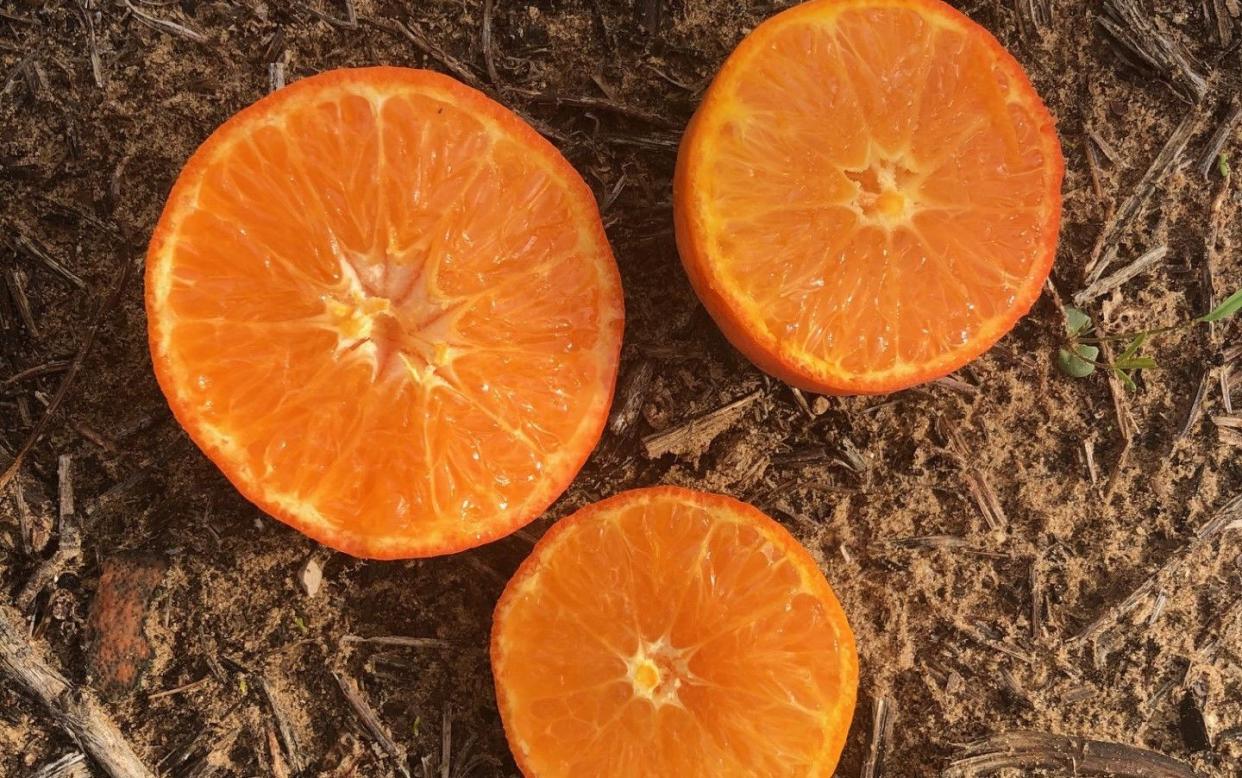The future’s bright for orange hybrids as shoppers sour on clementines

Clementines could be on the way out within the next 10 years as shoppers choose new seedless hybrid oranges.
Tesco is launching a range of hybrid mandarins in an effort to revive Britain’s taste for seedless oranges, which have fallen out of favour in recent years.
Satsumas have historically been popular in the UK because of their seedless flesh and sweet flavour, while European customers tend to prefer pipped varieties such as clementines.
Clementines and satsumas are both types of mandarin orange – citrus fruits that are smaller and easier to peel than the common orange.
Growers in Spain and Morocco – which provide most of Britain’s oranges – have cut back satsuma production over the last 20 years to cater for this trend.
Four hybrid mandarins
Tesco is launching four new hybrid mandarins to appeal to British tastes. The seedless hybrids, which are a combination of mandarins, satsumas, oranges or even grapefruit, have become more popular with British consumers, who prefer sweeter fruit.
The new varieties, which are named Meiravit, Havva, Orit and Sigal, have fewer pips, are less susceptible to early season greening and have a longer shelf life, as well as being more aromatic and vibrant in colour.
Bennie Smidt, of citrus importer AMT Fresh, said that the move could spell the beginning of the end for the traditional clementine.
He said: “With the latest varieties of the mandarin hybrid we are now starting to see the best quality easy-peelers that have ever been available in the UK – richer in taste, deeper in colour, far more aromatic and also easier to peel.
“With these annual varietal mandarin improvements and the fact that they are growing more popular with UK consumers every year, we can see a time, perhaps within the next decade, where we can reduce our reliance on the import of clementines.”
Fewer satsumas grown
Tesco said it sold twice as many hybrids in 2023 than in 2017, with the average Briton consuming almost 3kg of mandarins each year.
James Cackett, Tesco’s citrus fruit technical manager, said: “About 20 years ago, Spanish and Moroccan growers decided that the European market was more important to them and so many began switching production from satsumas to clementines. Now far fewer satsumas are grown.”
Mr Cackett said that the new oranges were the result of a long-standing hybrid breeding programme, and that: “We’ve been working with our supplier and Spanish and Moroccan growers to make sure we get fruit that’s perfect for our customers.”
The UK relies on Spanish oranges between October and May each year, and is the largest European market for the fruit.
In 2022, it accounted for almost 20 per cent of the European market, importing 196,000 tons, an increase of 13 per cent compared to 2021, according to the Centre for the Promotion of Imports from Developing Countries.
At other times of the year, the mandarins come from elsewhere, including South Africa, Peru, Argentina, and Chile.
Satsumas are believed to have originated in Japan more than 700 years ago, and were introduced to the United States in 1876.
Tesco began selling green satsumas and clementines in October 2017, after high temperatures in Spain that spring slowed down the growing process.
A spokesman said: “We sell a selection of easy peelers year-round, but they are currently clementines not satsumas, as the satsuma season in Europe has just finished. We will have satsumas again from April.”

